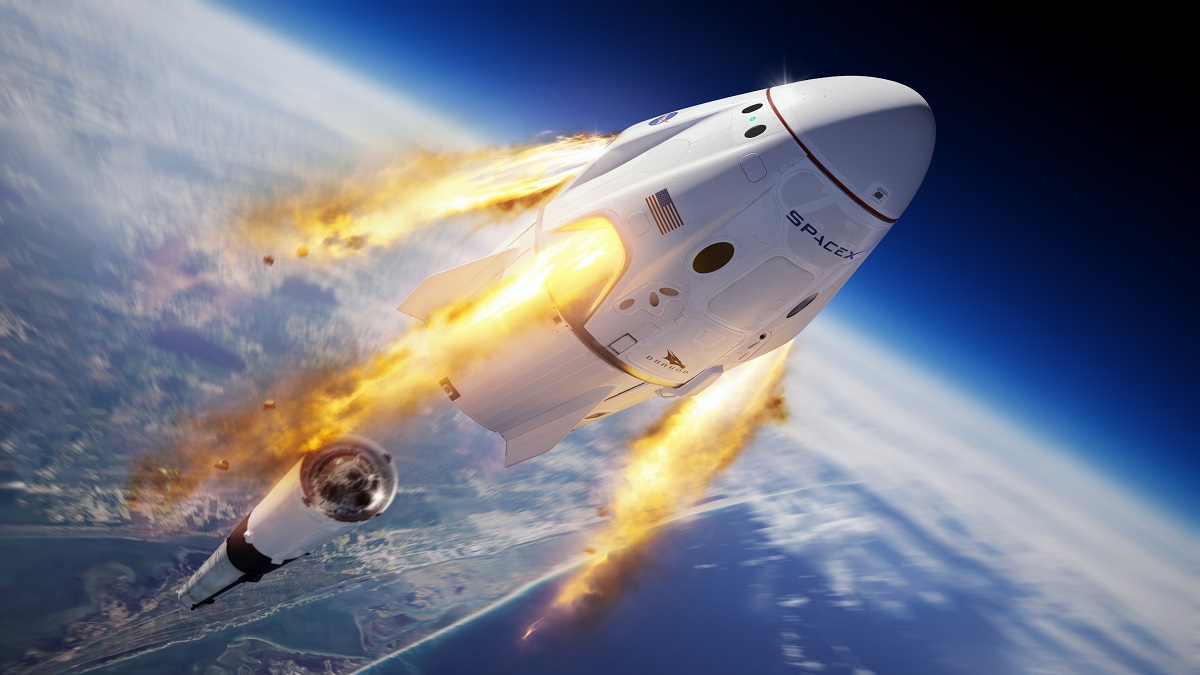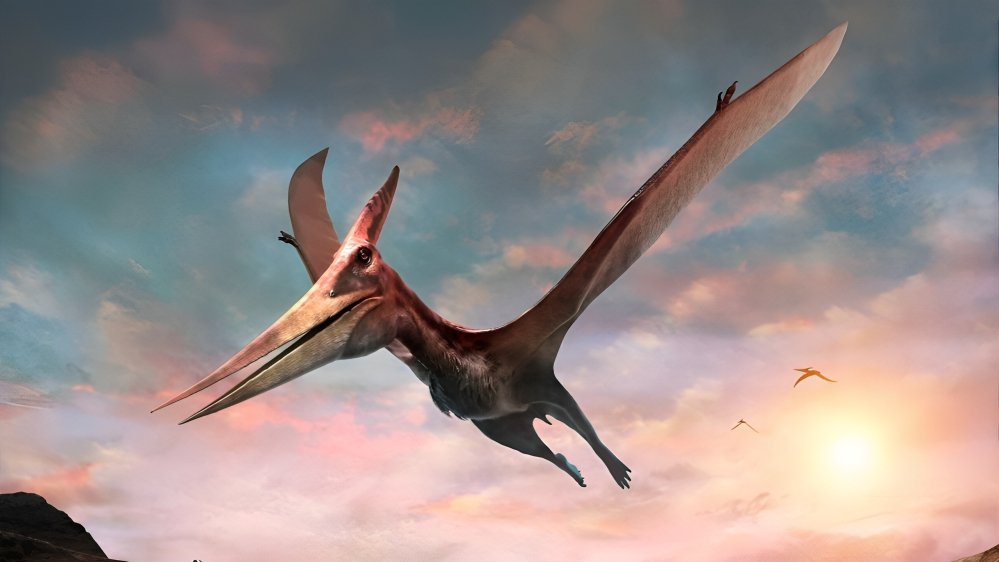Science
Exploring SpaceX: Pioneering the Future of Space Travel

Exploring SpaceX Elon Musk, an entrepreneur, established SpaceX in 2002, and since then it has become a household name associated with space travel and technology. This American space transportation and aerospace corporation has made great strides in modernising the space industry. This article will answer many of your questions about SpaceX by delving into the company’s background, its accomplishments, and the promising future it sees for humanity.
History of SpaceX
SpaceX set out with the lofty goal of lowering the barrier to entry and lowering the cost of space travel. To facilitate the colonisation of Mars, Elon Musk wanted to make space travel more affordable. Exploring SpaceX In 2008, the business made history by launching the Falcon 1, the first privately funded, liquid-fueled rocket to reach orbit.
Exploring SpaceX Milestones and Achievements
Reusable Rockets:
SpaceX has made significant strides in the aerospace industry with the introduction of reusable rockets. For example, the Falcon 9 may be utilised for numerous launches, cutting down on launch costs and expanding the scope of space travel.
Dragon Spacecraft:
In 2010, the first commercially produced spaceship, SpaceX’s Dragon, was successfully returned from orbit. Since then, it has been used for both uncrewed and crewed cargo resupply trips to the ISS.
Crewed Spaceflight:
In 2020, SpaceX’s Crew Dragon became the first commercially manufactured spacecraft to transport humans into space when it brought astronauts to the ISS. This success further established SpaceX as a frontrunner in the space business.
Starship:
The ambitious Starship project by SpaceX is developing a fully reusable spacecraft for Mars and beyond. Prototypes of the project are now being tested as development progresses.
conclusion
SpaceX’s cutting-edge methods and forward-thinking goals have completely altered the spaceflight industry. SpaceX has made significant contributions to the space business, including the launch of the first privately funded rocket, the transportation of personnel to the ISS, and the development of the Starship. Exploring SpaceX the company’s goal of democratising space travel and paving the path for humanity’s future in the stars is likely to be a driving force in future innovations in space exploration.
FAQs About SpaceX
What is the goal of SpaceX?
One of SpaceX’s main missions is to make space travel cheaper and more practical for the general public. Elon Musk’s grand goal involves making humanity a multi-planet species by means of colonising Mars.
How does SpaceX reduce the cost of space travel?
SpaceX is able to keep prices low because to creative ideas like reusing rockets. The cost of sending cargo into space is drastically reduced as a result of their ability to land rockets and reuse them several times.
What is the significance of the Starship project?
The Starship project is the pinnacle of space exploration. The project’s ultimate goal is to build a fully reusable spacecraft that can transport heavy cargo and people to distant locations like Mars and the Moon.
What is the Crew Dragon, and why is it important?
The Crew Dragon is a ship built specifically to carry humans to the International Space Station. It’s vital because it means the United States can send astronauts into space without having to rely on any other country’s ship.
How has SpaceX impacted the space industry?
SpaceX’s introduction of low-cost, reusable technology has caused a major shift in the space sector. As a result, other space organisations and businesses have felt pressure to find cost-effective ways to innovate.
The Future of SpaceX
Exploring SpaceX Just like its past and present, SpaceX’s future is full with promise. With the goal of extending human habitation beyond Earth, the business is committed to developing and perfecting reusable rocket technology. The Starship initiative is crucial to these plans because of the possibility it holds for actualizing a colonisation of Mars. Starlink, SpaceX’s initiative to bring high-speed internet to the world via satellite, is now in the testing phase.

-

 Tech8 months ago
Tech8 months agoGuide to Nextdoorstudios: Your Ultimate Resource
-

 Entertainment8 months ago
Entertainment8 months agoIzanami Backwards: Unveiling the Mysteries
-

 Travel8 months ago
Travel8 months agoTravel Essentials for Women: Your Ultimate Guide
-

 Automotive8 months ago
Automotive8 months agoThe Ultimate Guide to Car Detailing Near Me
-

 Real Estate8 months ago
Real Estate8 months agoChoice Home Warranty Awards: Celebrating Excellence
-

 Entertainment8 months ago
Entertainment8 months agoUnraveling Octopath Traveler II NSP
-

 Home and Garden9 months ago
Home and Garden9 months agoExploring the World of Spelling Bee Forums: Your Ultimate Guide
-

 Entertainment1 year ago
Entertainment1 year agoShowbizztoday.com Entertainment Lifestyle Music Fashion: Your Ultimate Guide

















